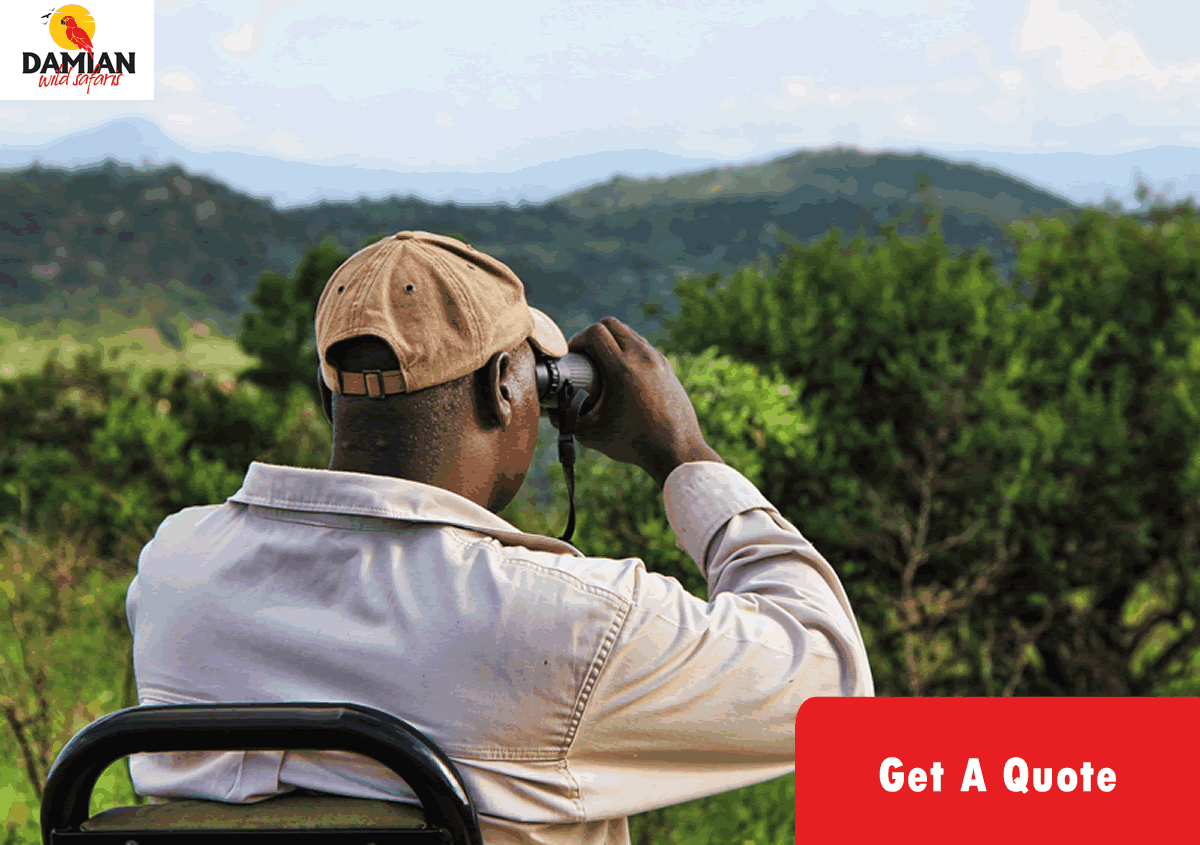Destination Overview
Lesser flamingos flock to Lake Bogoria in Kenya's Rift Valley in large numbers to feed on algae and drink fresh water from lakeshore discharges. The lake also boasts geysers and hot springs. Under the Kenya Great Lakes category, Lake Bogoria, Lake Elementeita, and Lake Nakuru have all been recognized as UNESCO World Heritage Sites. Lesser Flamingos, which are attractively pink and frequent Lake Bogoria in large numbers, love to eat spirulina algae, which is abundant in the lake. A remarkable variety of bacteria and microorganisms have been found in Lake Bogoria, and from these, enzymes have been generated for use in antibiotics and household cleaners. While other compounds perform a comparable function, enzymes do so more quickly and efficiently and in an environmentally friendlier manner.
The Endorois people, who have lived next to and taken care of the lake for millennia, attach great spiritual and cultural importance to Lake Bogoria. The main lakes of the Rift Valley are home to about 70% of the waterbird populations. The Rift Valley is one of the flyways in the Rift Valley, which features a series of alkaline and freshwater lakes from Lake Turkana in the north to Lake Magadi in the south. The majority of migratory birds visiting or traveling through Kenya use this flyway. The percentage of species recorded in Kenya that are waterbirds is roughly 17%.
Lake Bogoria National Reserve has more than 350 birds recorded, the main attraction in Lake Bogoria being the large flocks of the Lesser Flamingos that frequent the lake to feed on the blue-green algae. Lake Bogoria is an excellent birdwatching destination at any time of the year, but the best time is from November to April. The lake also has other interesting waterbirds such as Black-necked Grebe, Greater Flamingo, African Fish Eagle, several waders, Cape Teal, Black-winged Stilt, Lesser Flamingo, Greater Flamingo, Black-necked Grebe, Woodland Kingfisher, Little Stint, Beautiful Sunbird, Silverbird, African Fish Eagle, Great Spotted Cuckoo, Bearded Woodpecker, Grey-headed Bushshrike, African Hoopoe, Magpie Starling, Jackson’s Hornbill.

